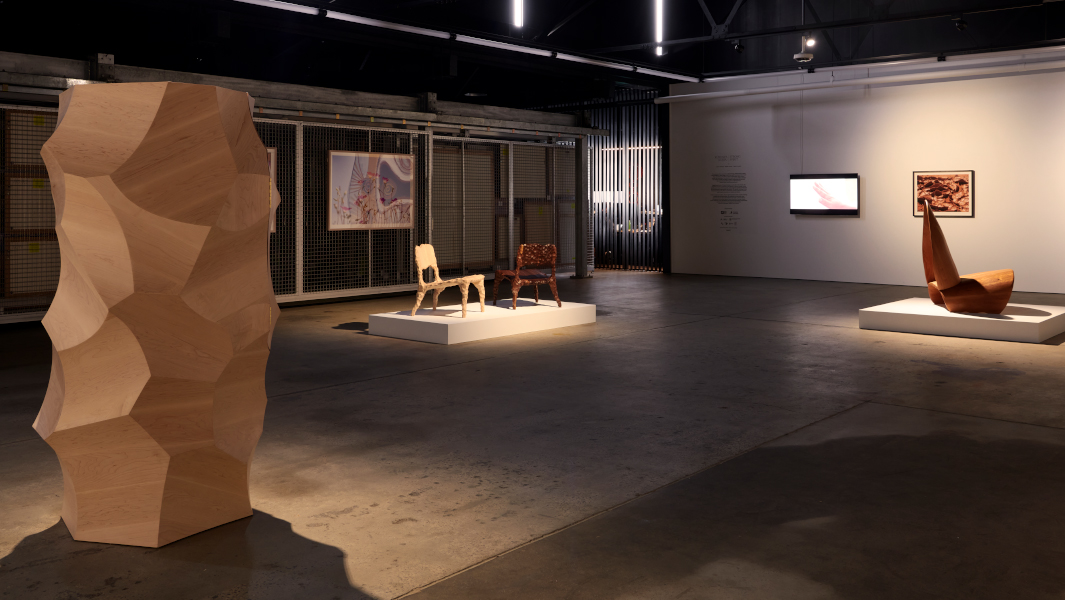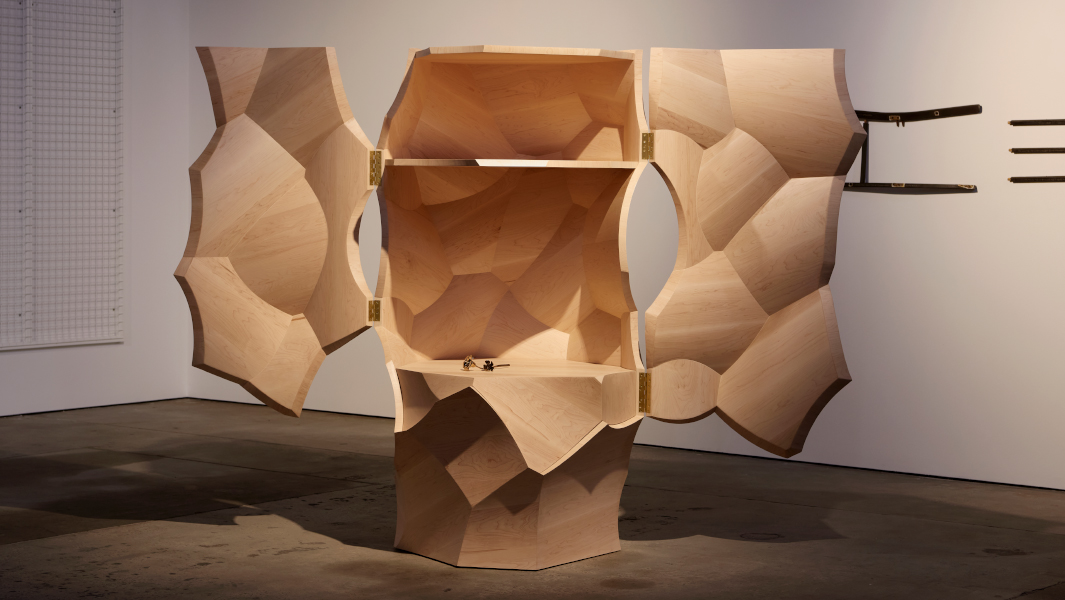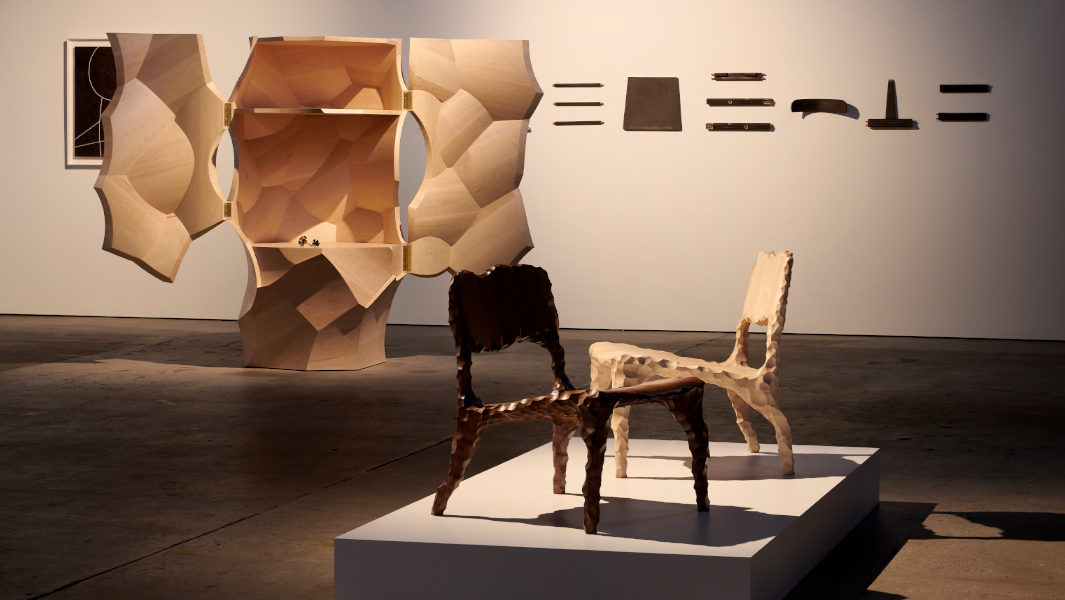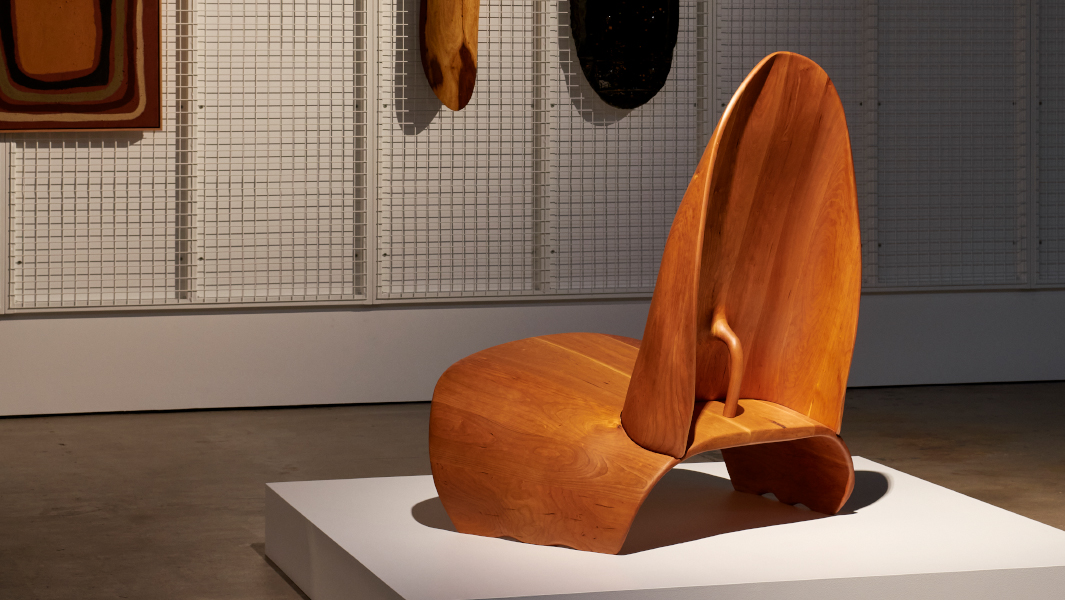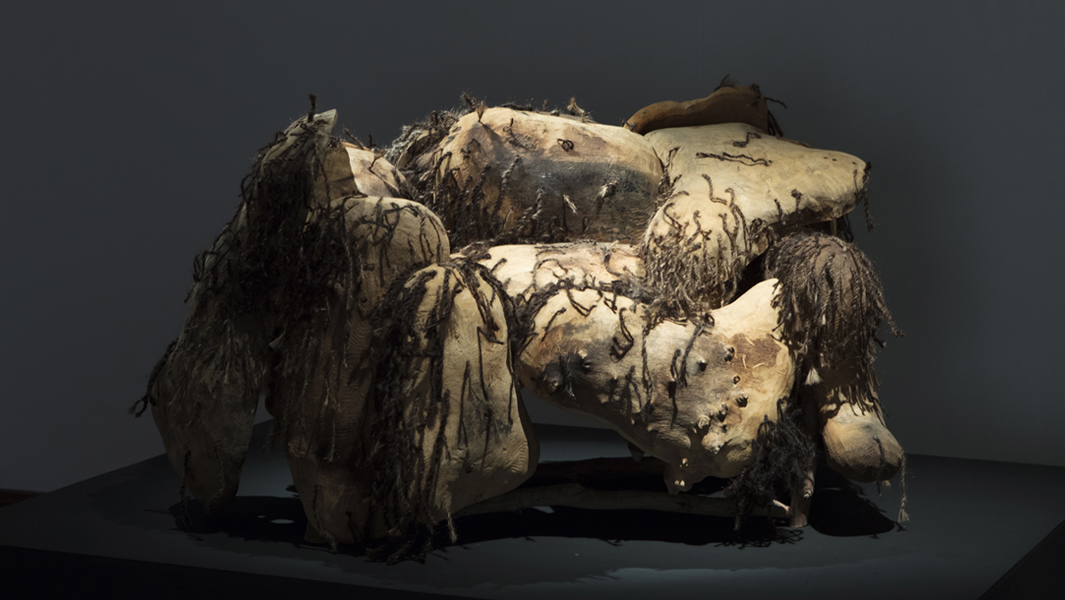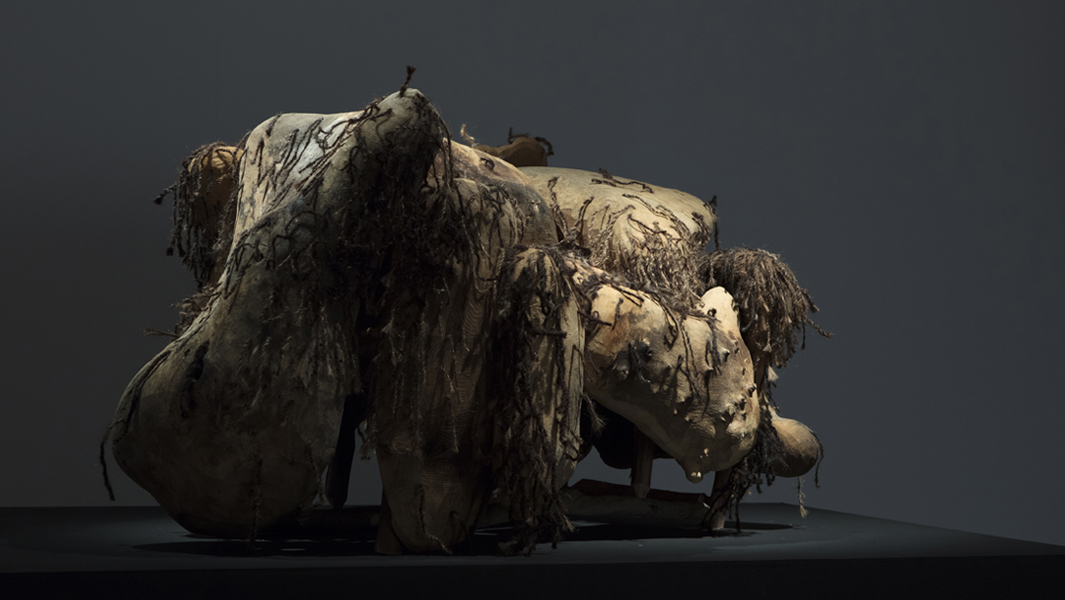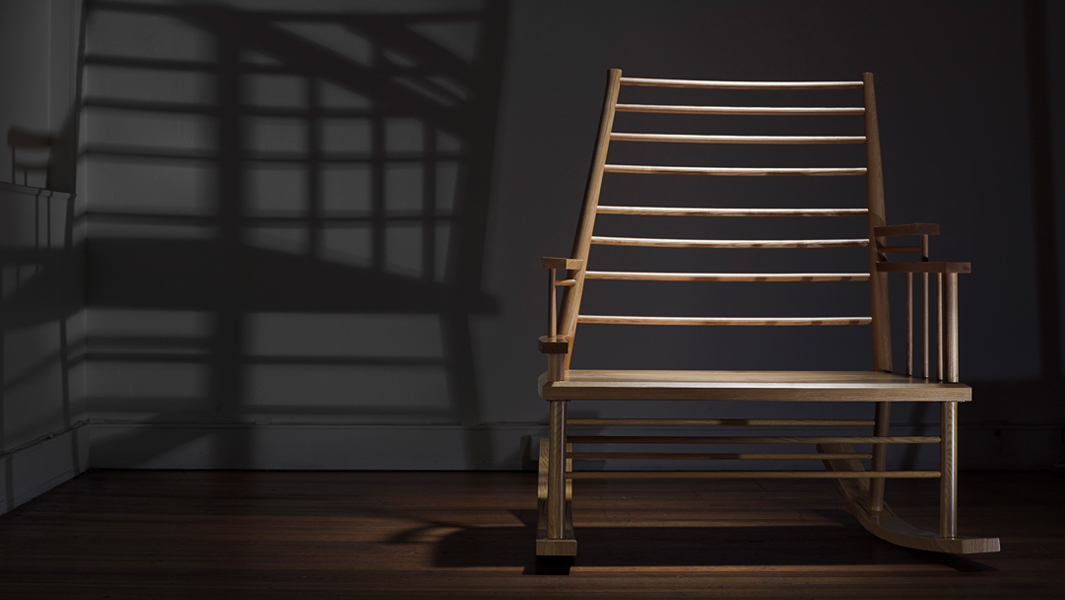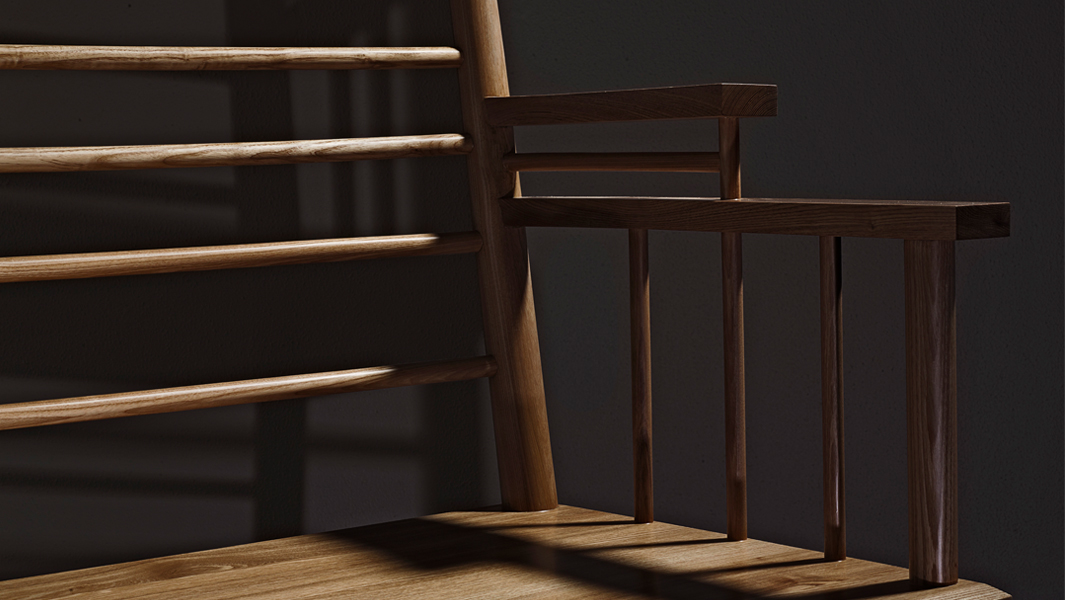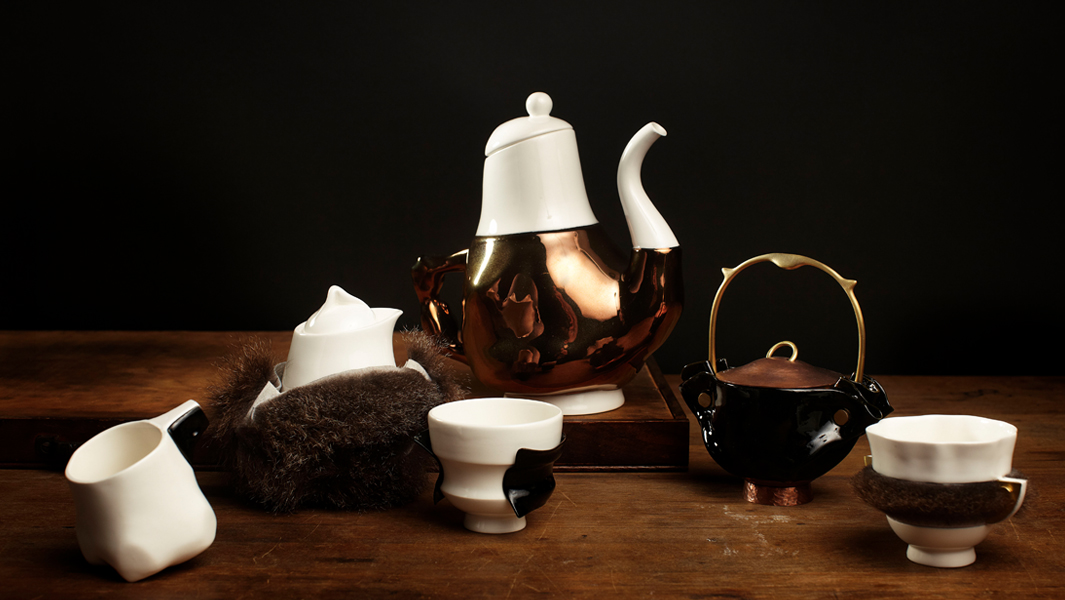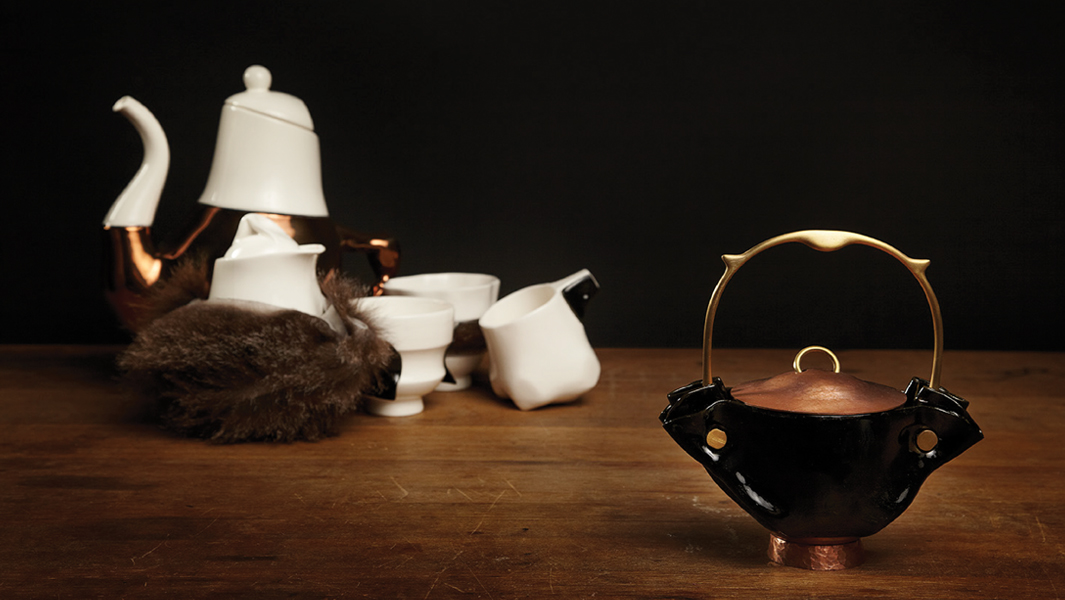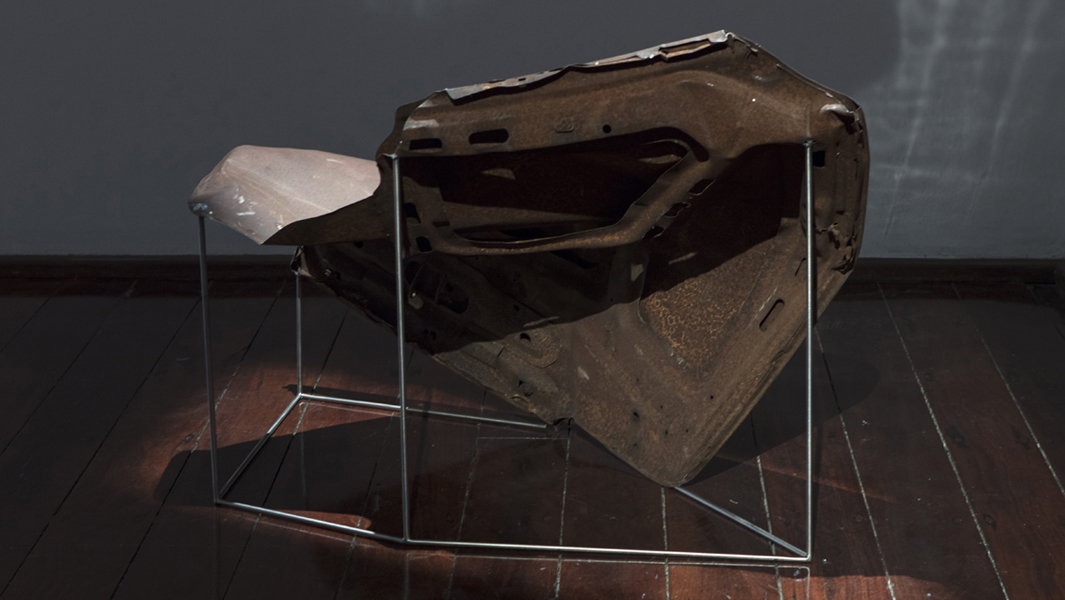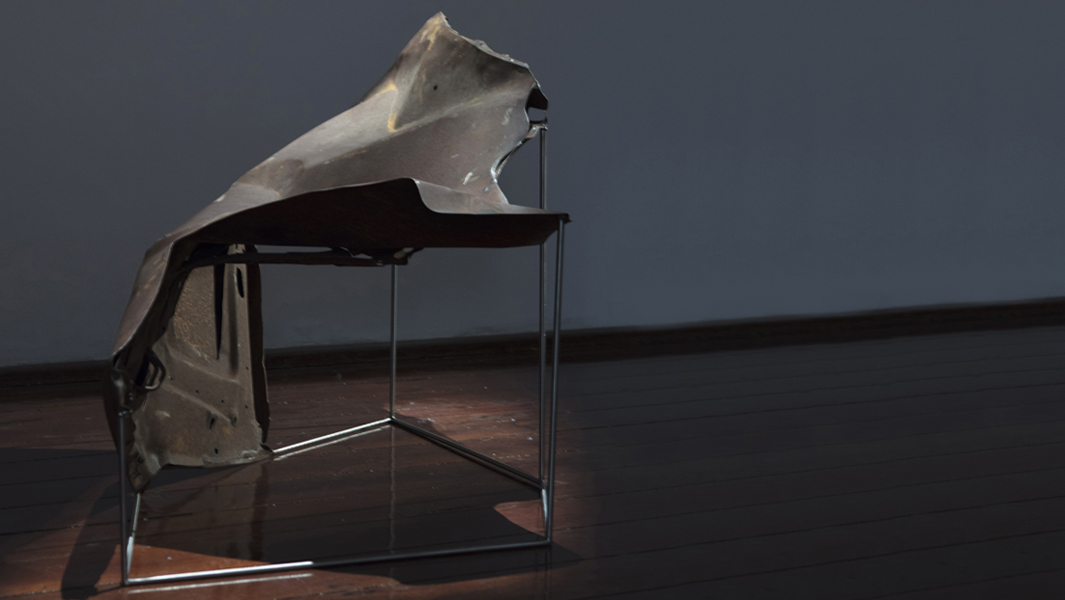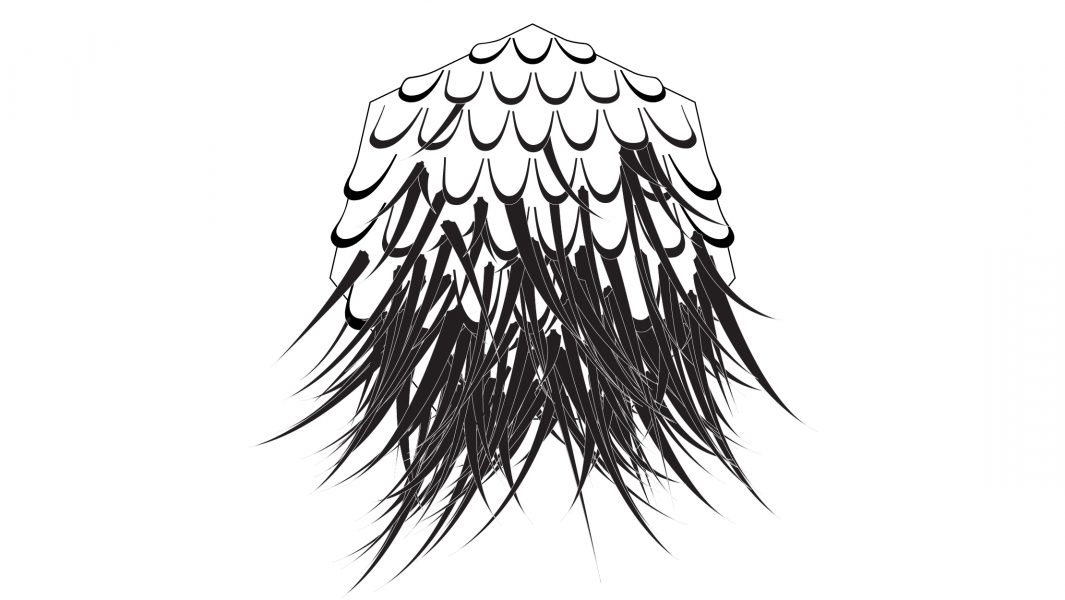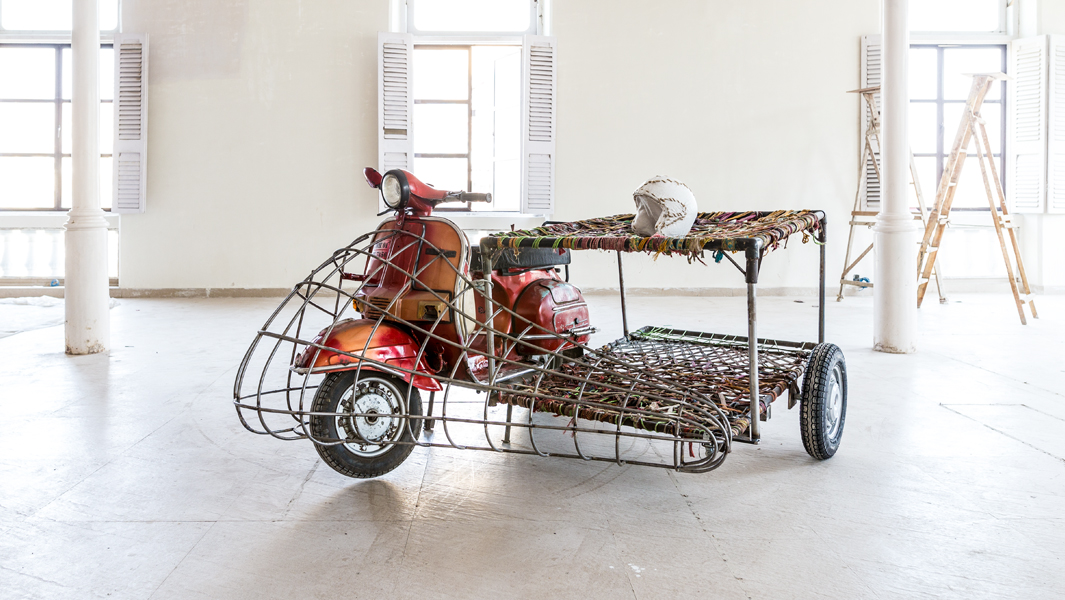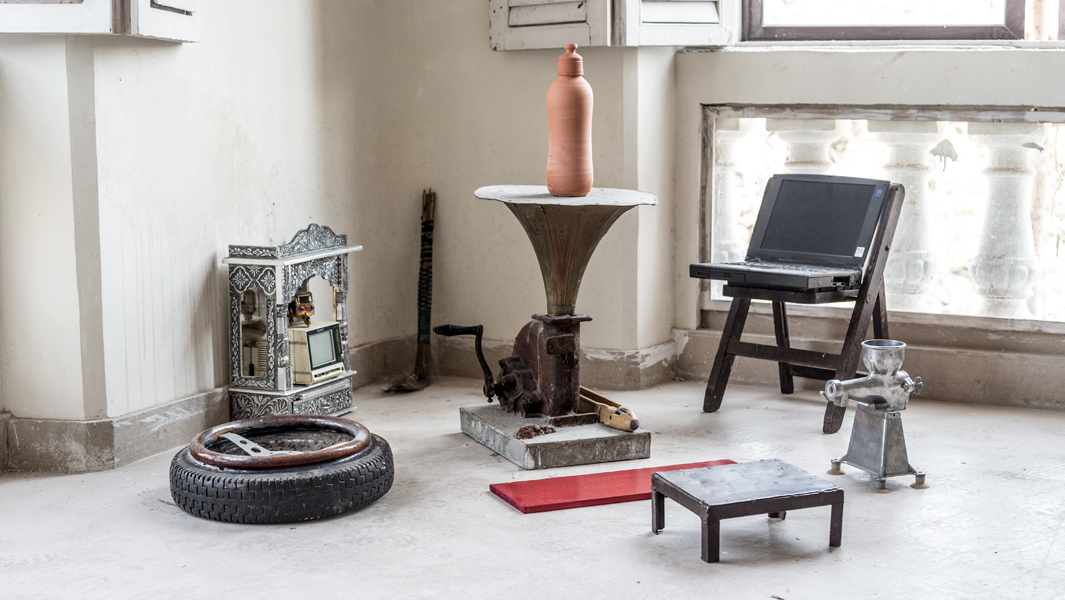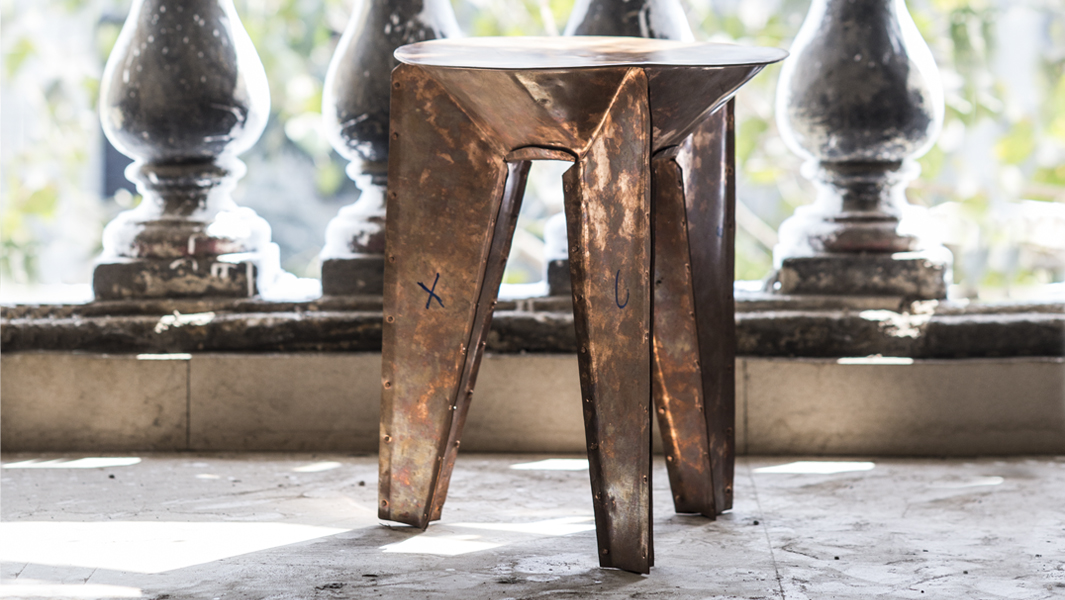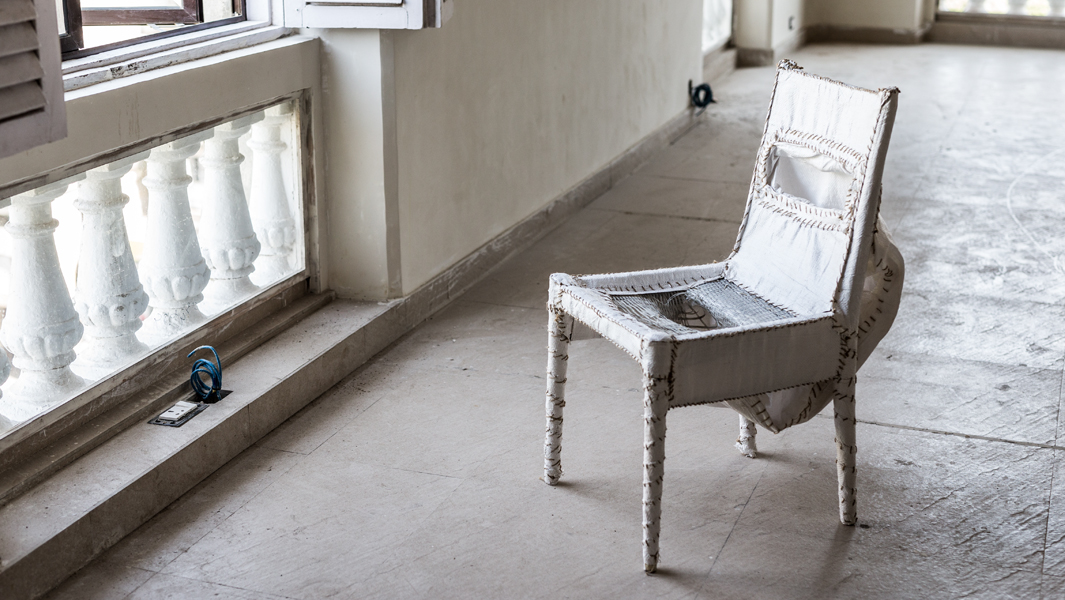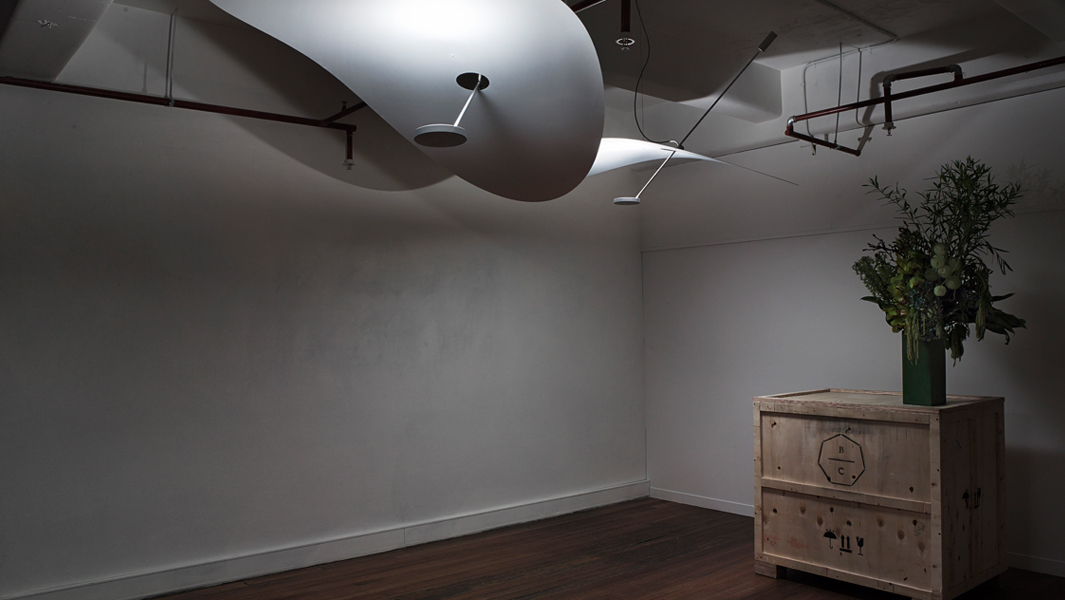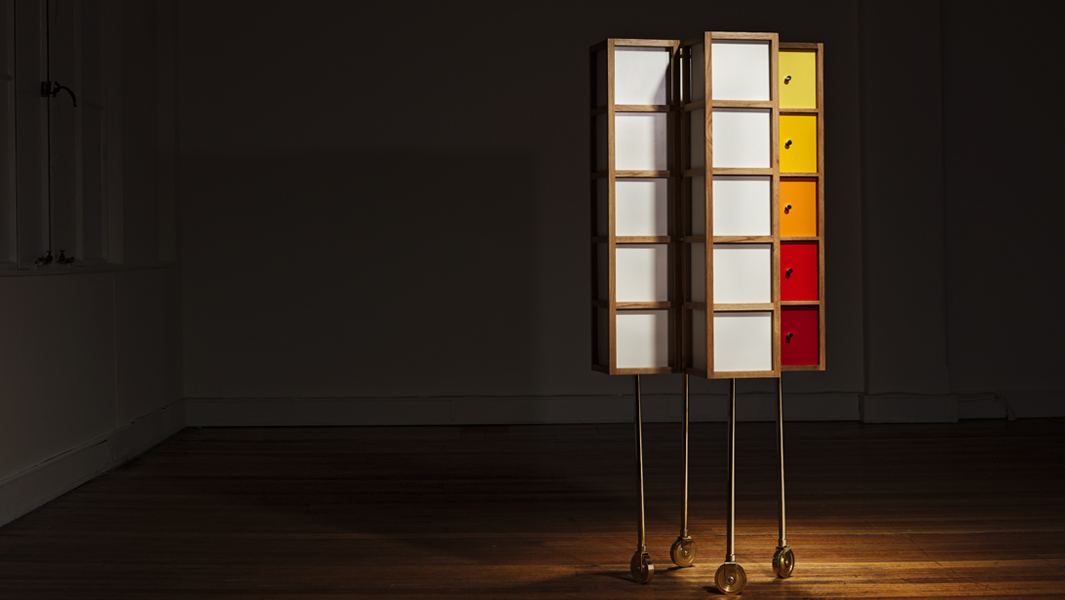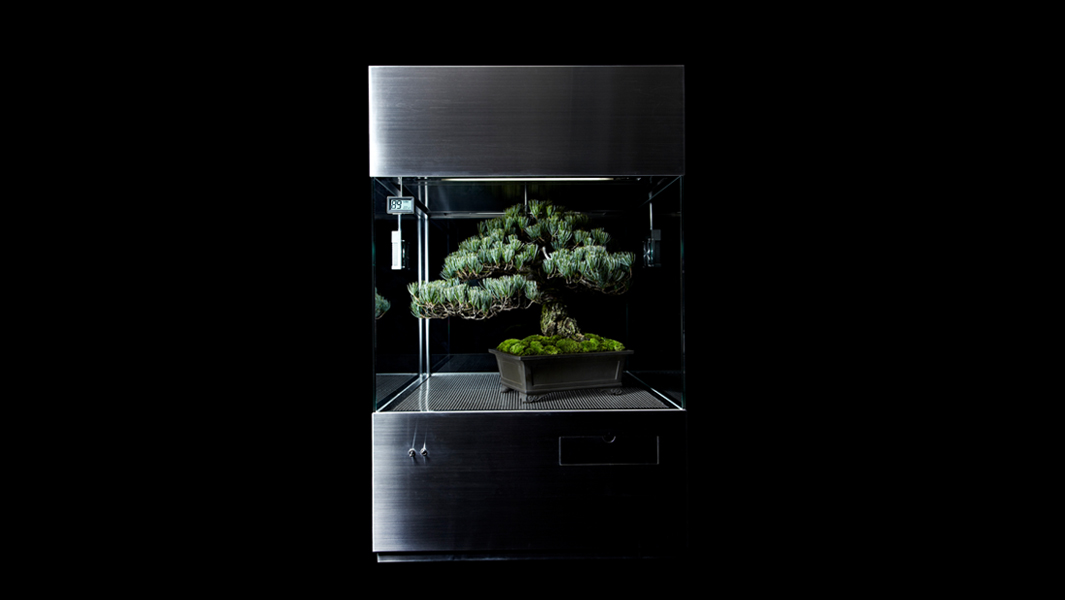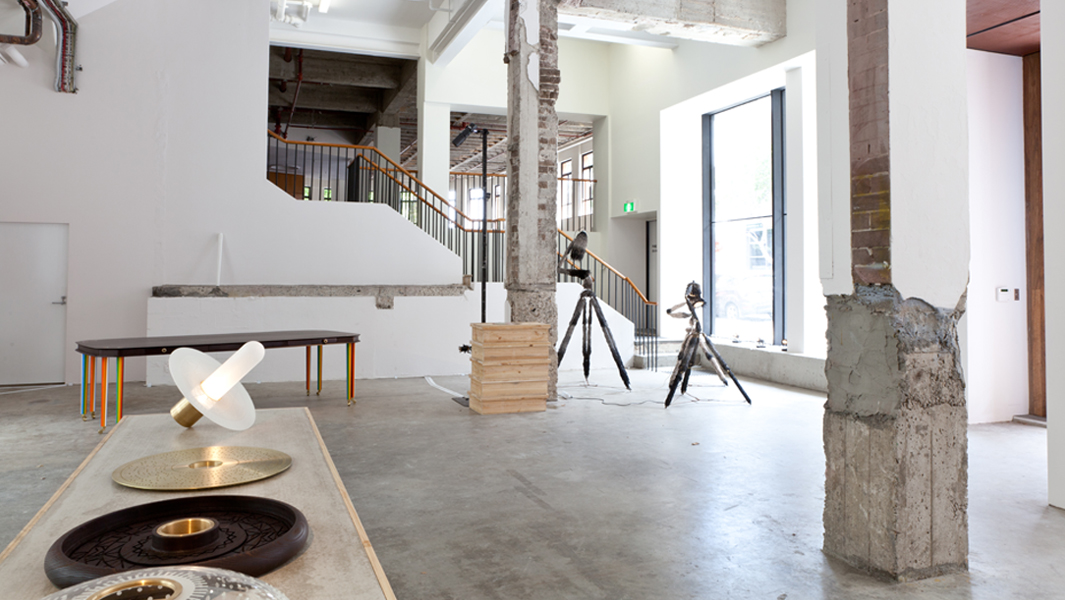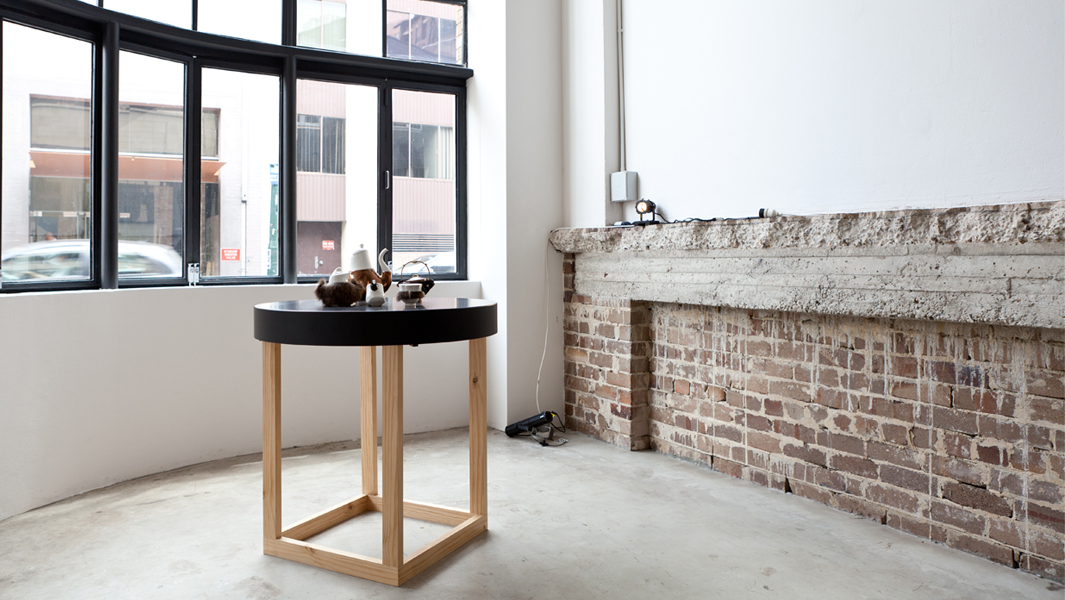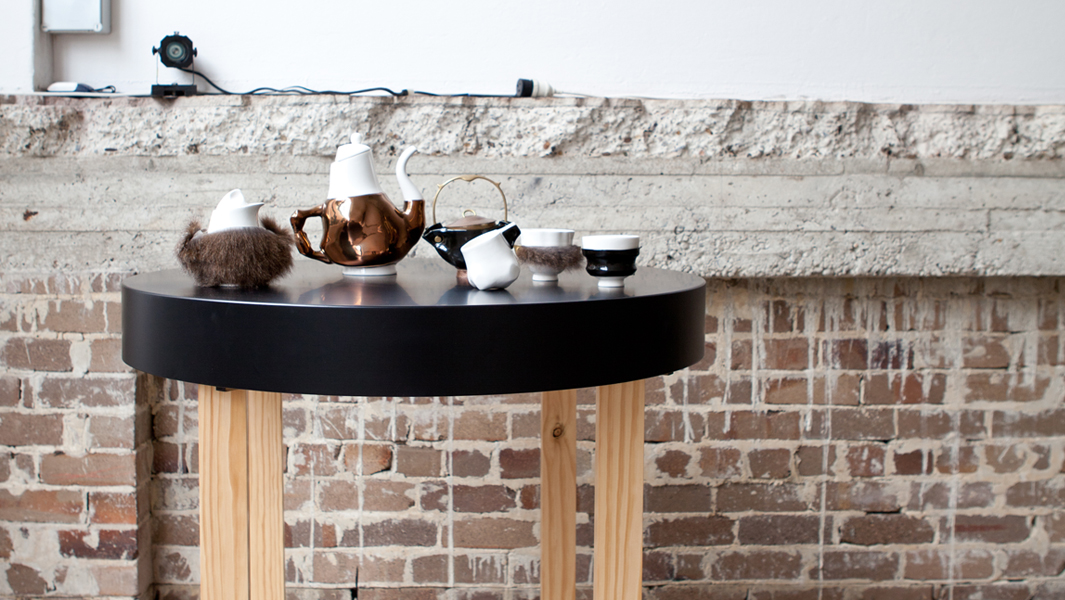TRENT JANSEN
BIOGRAPHY
Trent Jansen is a designer based in Thirroul, Australia, and Lecturer at the University of New South Wales Art & Design, Sydney Australia. Jansen gained his PhD from the University of Wollongong under renowned Australian art historian Ian McLean, and his Bachelor of Design from the College of Fine Arts, University of New South Wales in Sydney. He spent part of his undergraduate degree in the Department of Art and Design at the University of Alberta in Edmonton, Canada.
After a period working under Marcel Wanders in Amsterdam, Trent returned to Australia to set up a design studio in Sydney, before moving his practice to Thirroul on the New South Wales South Coast.
Jansen applies his method of Design Anthropology to the design of limited edition and one-off pieces for clients including the Molonglo Group, Charter Hall and Mirvac. This approach is also applied to the design of products and furniture for manufacturers Moooi, DesignByThem and Tait. Jansen was one of the co-founders of Broached Commissions and is represented by Broached Commissions for Broached in-house commissions.
“Trent has a great deal of respect for cultural heritage and is extraordinarily thorough in incorporating cultural identity and history into his works … his collaboration with Broached Commissions has the same kind of take on defining the Australian design identity as Droog has done for the Dutch design identity” – Marcel Wanders – Mezzanine, 2015.
Trent Jansen is represented by Gallery All in the USA and China and Galleria Rossana Orlandi in Europe.
Jansen’s work has been exhibited nationally and internationally, including: Venice Design Biennial 2023; National Gallery of Victoria 2022, 2021, 2020, 2019, 2017 and 2013; Gallery Sally Dan-Cuthbert, Australia 2022, 2020 and 2019; JingArt, Beijing 2021; ART021, Shanghai 2021; Galleria Rossana Orlandi, Milan 2020 and 2019; Design Miami, Miami and Basel 2018 and 2015; Salon Art+Design, New York City 2017; Art Gallery of South Australia 2017; XX1T – the 21st International Exhibition at the Triennale Di Milano 2016; Design Days Dubai 2015; The Ullens Centre for Contemporary Art, Beijing 2014; Broached Colonial, Sydney and Melbourne 2011; London Design Museum 2009 and Salone Internazionale del Mobile, Italy 2008.
Jansen’s awards include: Creative Australia ‘International Touring and Presentation Funding’ 2023; Venice Design Biennial Residency 2022; Australia Council for the Arts ‘Project Funding’ 2021, 2019 and 2017; Design Files + Laminex Design Awards 2021; the Space+Edra Design Residency with Massimo Morozzi 2010; the Bombay Sapphire ‘Design Discovery’ Award 2008; the Spiral ‘Rendez-vous’ Japanese Manufacturing Residency 2006; the Australia Council for the Arts ‘New Work’ Award 2005 and the Object ‘New Design’ National Graduate Award 2004.
Trent Jansen’s new work is available in Asia and the USA through Gallery All, Europe and the UK through Galleria Rossana Orlandi and Australia through Trent Jansen Studio.
Image Credit – Marcus Piper
Selected Exhibitions and Recognition
~ 2024 ~ Winner ~ Vogue Living VL50, Product Designer of the Year Award, Australia.
~ 2023 ~ Venice Design Biennial, Venice, Italy.
~ 2023 ~ Kurunpa Kunpu | Strong Spirit Exhibitions ~ Artbank, Melbourne, Australia and Fremantle Arts Centre, Fremantle, Australia.
~ 2021 – 2022 ~ We Change the World ~ National Gallery of Victoria, Melbourne, Australia.
~ 2021 – 2022 ~ History in the Making ~ National Gallery of Victoria, Melbourne, Australia.
~ 2021 ~ Winner ~ Design Files + Laminex Design Awards, Furniture Design and Collaboration categories, Australia.
~ 2020 – 2021 ~ Hybrid: Objects for Future Homes ~ Powerhouse Museum, Sydney, Australia.
~ 2019 ~ Rossana Orlandi ~ Salone del Mobile, Milan, Italy.
~ 2018 ~ Design Storytellers : The Work of Broached Commissions ~ National Gallery of Victoria, Melbourne, Australia.
~ 2017 – 2018 ~ In Cahoots : Artists Collaborate Across Country ~ Fremantle Arts Centre, Australia.
~ 2017 ~ Broached Monsters Exhibition ~ Salon Art+Design, New York City, USA and Criteria, Melbourne, Australia.
~ 2017 ~ Finalist ~ Ramsay Art Prize ~ Art Gallery of South Australia.
~ 2017 ~ Creating the Contemporary Chair Exhibition ~ National Gallery of Victoria, Melbourne, Australia.
~ 2016 ~ XX1T – 21st International Exhibition ~ Triennale Di Milano, Italy.
~ 2016 ~ Porosity Kabari, Studio X, Mumbai, India.
~ 2015 ~ Gallery All Exhibition ~ Design Miami, USA.
~ 2014 ~ Broached Retreat Exhibition ~ Ullens Centre for Contemporary Art, Beijing, China.
~ 2011 ~ Inclusion in Sydney’s 100 most influential people of 2010 ~ Sydney Morning Herald.
~ 2010 ~ Winner ~ Space Furniture+Edra Design Residency with Massimo Morozzi, Perignano, Italy.
~ 2009 ~ Finalist ~ London Design Museum ~ Brit Insurance Design of the Year Award, United Kingdom.
~ 2008 ~ Winner ~ Bombay Sapphire Design Discovery Award, Australia.
~ 2007 ~ Inclusion in & Fork ~ 100 of the world’s most interesting product designers ~ Phaidon Press.



